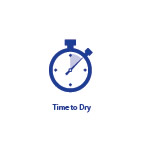
A Practical Guide to Screed Testing: What Do the Experts Say?

A Practical Guide to Screed Testing: What Do the Experts Say?
Screeding Lexicon
For clear explanations and definitions of complicated screeding terminology, CSC Screeding has compiled a screeding lexicon. The lexicon contains various terms and terminologies used commonly in screeding, with the terms arranged in alphabetical order for easy reference.
Admixture: It is any material that is added in a small proportion to the screed mix during the process of mixing to improve the properties of the screed material.
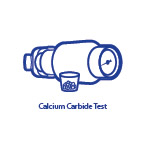 Calcium Carbide test: This is a method of testing the moisture content of screeds by reacting a sample of the screed with calcium carbide reagent. The moisture content is assessed based on the amount of acetylene gas released by the sample.
Calcium Carbide test: This is a method of testing the moisture content of screeds by reacting a sample of the screed with calcium carbide reagent. The moisture content is assessed based on the amount of acetylene gas released by the sample.
Curing: Application of materials such as polythene sheets over freshly laid screed to reduce the loss of moisture by evaporation.
Datum level: It is a fixed reference level or base against which the height of the flooring is measured.
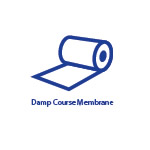 Damp Proof Membrane / DPM: It is a moisture resistant layer used for protection against rising damp.
Damp Proof Membrane / DPM: It is a moisture resistant layer used for protection against rising damp.
Day joints: They are the positions where screeding is finished for the day and will be resumed the following day.
Deviation from Datum: It is the deviation in the height of the surface of the layer of flooring from that of a fixed datum level.
Drop hammer test: This is the method used for measuring the soundness or crushing resistance of screeds. Four consecutive blows are made on the screed surface using a BRE hammer and the depth of the indent is used to assess the strength of the screed.
Dry joints: It is the crumbling effect of a re-tampered screed after it has started to set.
Dry times: Dry time/drying time for screeds is defined as the time required for screeds to dry optimally to take on the final floor covering or to act as a wearing surface.
Forced action screed mixers: These are specialized screed mixers that can be used at the work site to produce homogenous screed mixes in a very short period of time. e.g.) Screed pumps, pan mixers
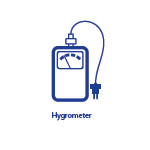 Hygrometer Test: A device for measuring relative humidity.
Hygrometer Test: A device for measuring relative humidity.
Pan Mixers: Portable forced action screed mixers that are used to produce homogenous screed mixes in a short time at the work site.
Primer or Bonding agent: It is any liquid product that is applied to the substrate which will receive a further application.
Reinforcement: Materials such as fibres, steel mesh, bars or wires that are added to strengthen and improve the properties of screeds.
Screed: Screed can be defined as a cementitious layer of cement and sand mixed in the ratio of 1: 3-5 with water and applied directly onto a base, an intermediate layer or over a layer of insulation, in order to make the surface level, to take on the final floor covering or to act as a wearing surface.
Self-levelling Screeds: They are screeds that are capable of spreading out and require minimal aid to produce a surface that is flat and horizontal.
Self-smoothing Screeds: They are screeds that are capable of spreading out with partial aid to produce a smooth screed surface.
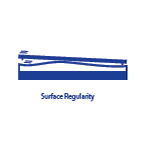 Surface regularity: Surface regularity of screeds is a measure of the flatness of the screeded surface. Surface Regularity is popularly expressed as SR1, SR2 and SR3 with SR1 being floors that require the highest degree of flatness.
Surface regularity: Surface regularity of screeds is a measure of the flatness of the screeded surface. Surface Regularity is popularly expressed as SR1, SR2 and SR3 with SR1 being floors that require the highest degree of flatness.
Screed laid to falls: Method of laying screed to give a defined slope for drainage.
Soundness of screed: Also known as In situ Crushing Resistance (ISCR) is a measure of the resistance of screeds to the crushing impact of loads and traffic. This is usually measured using the BRE drop hammer test.
Tramex: It is a digital meter used for measuring the moisture content of screeds and concrete floors instantly. Tramex meters employ non-destructive method of moisture testing for assessing the moisture content.
Trowelling: It involves the smoothing of the surface of the newly laid screed manually or mechanically.
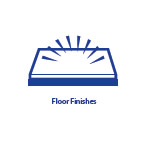 Wearing Screed/ Granolithic topping: It is the screed that can be used as final flooring without the use of additional floor finishes.
Wearing Screed/ Granolithic topping: It is the screed that can be used as final flooring without the use of additional floor finishes.




